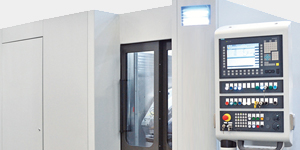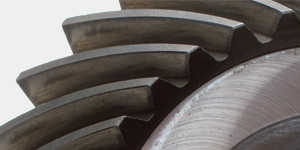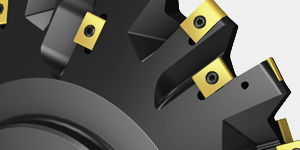A deeper dive into perils of white papers, pseudo-technical articles
In our last Materials Matter column, I covered some of the risks associated with giving too much trust to gear surface finishing white papers...
Beware marketing pieces masquerading as technical content
In the world of digital publishing, there is a great deal of content that is put out into the public domain every day. The...
Expectations for a chemically accelerated superfinishing process
> Third in a series
Thank you for returning for our third and final article in this series. In the previous articles, we discussed the fact...
Expectations for a chemically accelerated superfinishing process
> Second in a series
Welcome back to the second article in our series. In the previous article, we discussed the fact that chemically accelerated/assisted superfinishing,...
What to expect from chemically accelerated superfinishing process
> First in a series
Chemically accelerated/assisted superfinishing, also known as isotropic superfinishing, was introduced into the gear industry more than 20 years ago. Since that...
Surfaces: More than just roughness
While surface quality is often simplified to refer only to surface roughness, surface texture is the more complete concept that should be considered for...
Heat treatment techniques overview
Editor’s note > This is the fifth in a five-part series.
In this fifth and final installment of my series on heat-treating techniques, I will discuss...
Heat treatment techniques overview
Editor’s note > This is the fourth in a five-part series.
In this fourth installment of my series on heat-treating techniques, I will discuss the pros...
Heat treatment techniques overview
Editor’s note > This is the third in a five-part series.
In this third segment of my series on heat-treating techniques, I will discuss the pros...
An overview of heat treatment techniques
Editor’s note > This is the second in a five-part series.
In this second segment of my series on heat-treating techniques, I will discuss the...
An overview of heat treatment techniques
Editor’s note > This is the first in a five-part series.
I recently had the wondrous experience of being invited to tour a very modern state-of-the-art heat-treatment...
A little deeper look at epicyclic gear trains
As we know, epicyclic gear trains are very versatile and compact. They have multiple configurations, able to give you as many as seven ratios...
Tackling EV noise reduction
Electric vehicles and plug-in hybrids are becoming a larger segment of the vehicles on the road every year, and with government incentives to purchasers...
Coordinate transformation and why it is important to gear measurement
Often, the results from different measurement systems must be combined to provide useful results in terms of our measurements. The coordinate transformation is used...
Additive manufacturing and gears
The American Gear Manufacturers Association’s (AGMA) Emerging Technologies Committee (ETC) recently organized a show floor tour of the Rapid + TCT Exhibition (Rapid). The...
Using profile shift in gearing
We all pretty much know that profile shifting is used to create gears with tooth thicknesses that are different from standard gears. By making...
Vibratory bowl media attrition: Part 2
In my previous article, I introduced you to the inefficiencies caused by the result of media attrition when vibratory processing gears. If you recall,...
Vibratory bowl gear polishing inefficiencies
Increasing numbers of gearing projects are specifying isotropic superfinishing processes due to the demonstrated performance and durability increases generated by the reduced roughness and...
A guide to select ratio split in a multi-step geartrain
There are many variables and considerations that must be taken into account when you try to determine the optimum ratio spread, which are defined...
Worm gearing twists its way into our design suite
Worm gearing has many benefits and usable attributes that are unique to this geometry. Gearing of this type dates to 4000 B.C. The “worm”...






















